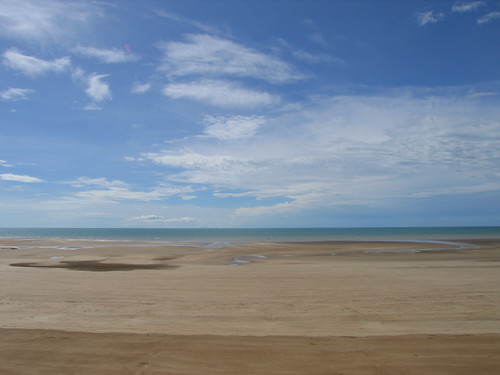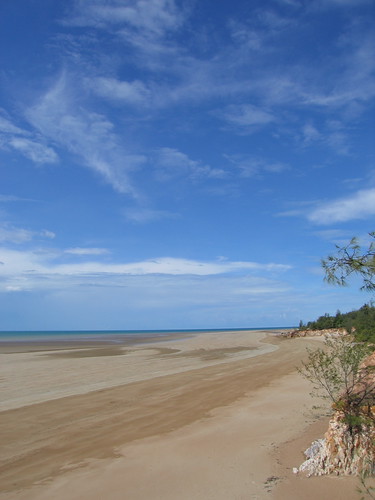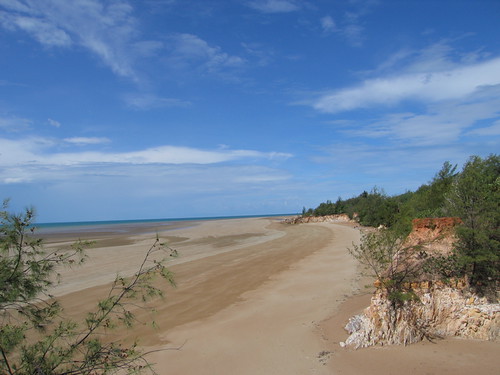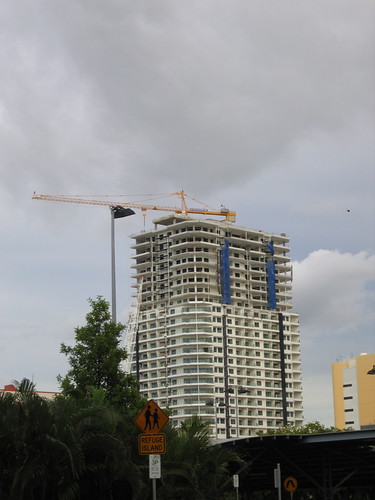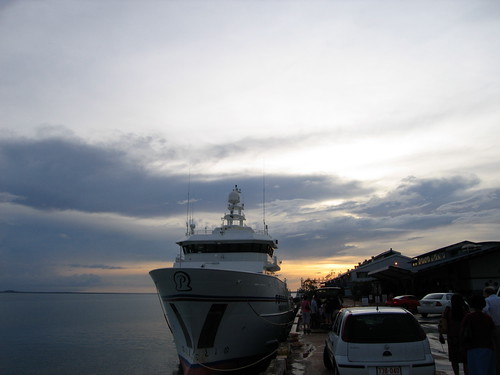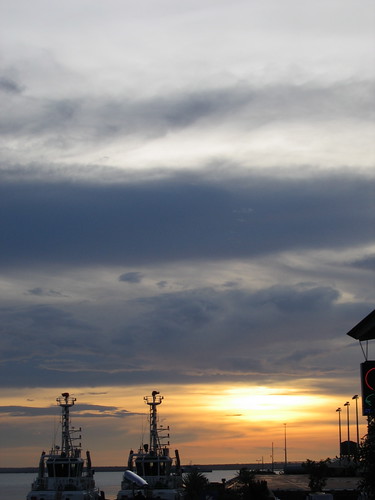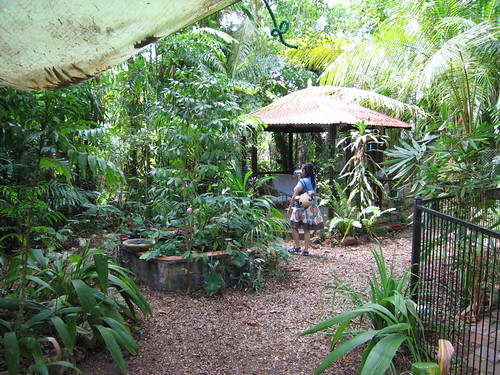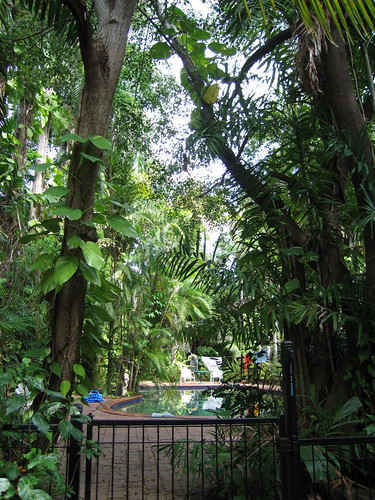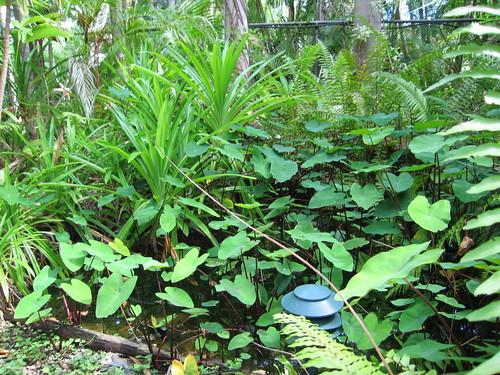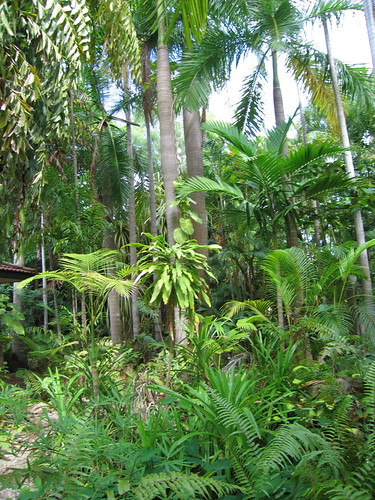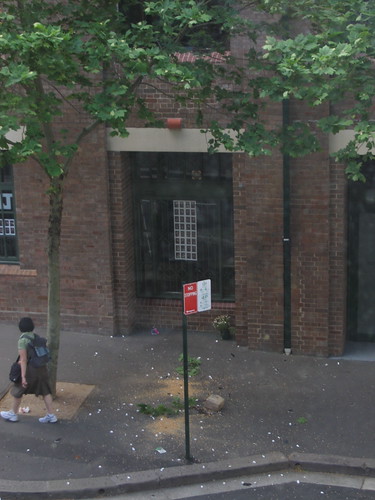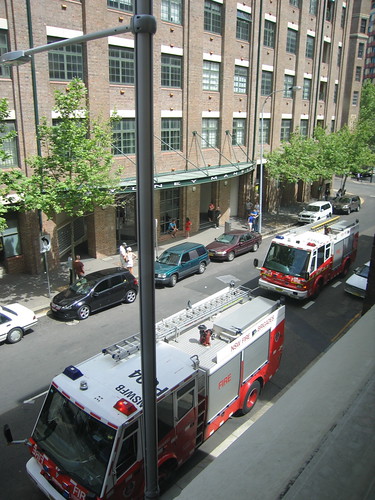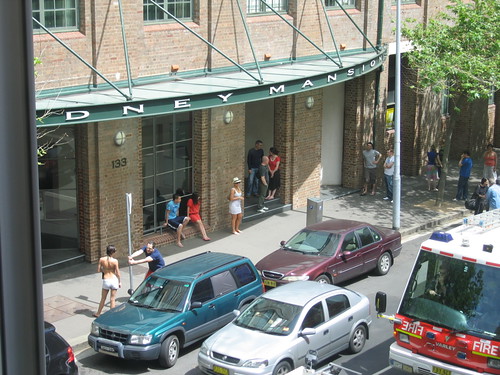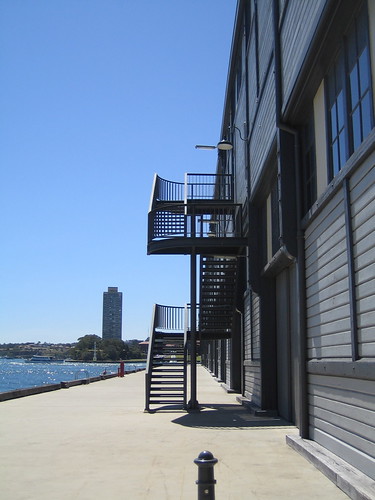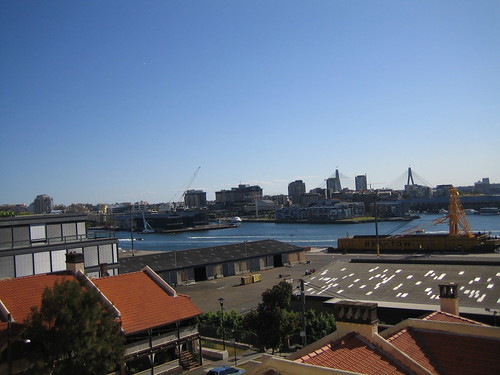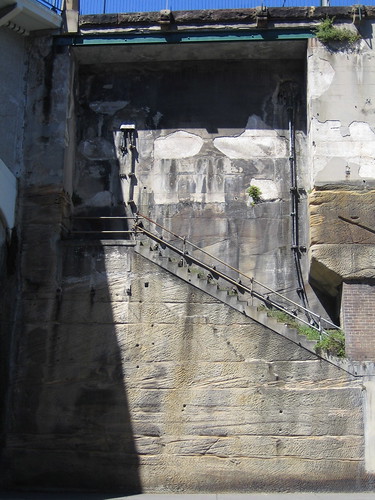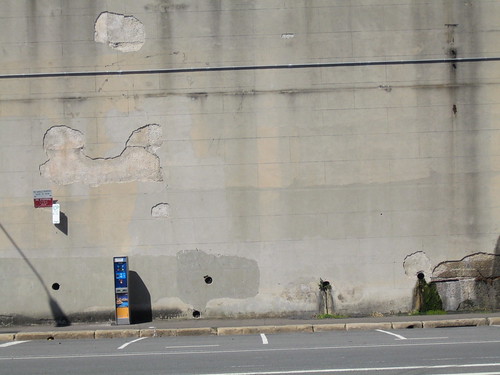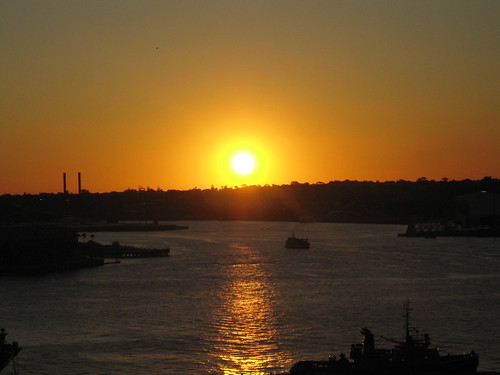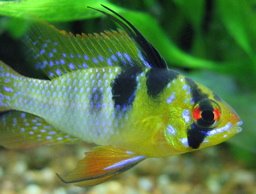Brazil
John Updike
The outline is a re-telling of the classic story of Tristan and Isolde. This is only a frame for a much larger story to be hung from, though. Overall, I was reminded of Gabriel Garcia Marquez's One Hundred Years of Solitude - perhaps because I'm simple and both are set in the wilds of South American jungle. But to be slightly fairer on me, both are apparently non-genre modern classics, but they both contain large elements of the fantastical. In other words, these supposedly very serious, meaningful books turn into fantasy for at least part of their story. Quite amusing: fantasy is typically regared as barely writing at all.
This drift is done unexpectedly, with a sudden jolt. This is something I love. A novel is a depiction of another reality, why does that world have to work exactly the same as our world? Why not answer some of those questions that can't normally be answered?
This is a story of fidelity, change and growth. The story follows the two young lovers as they try to stay together against the weight of society. It sounds very corny, but there is enough to this story such that the apparently corny plot line becomes insignificant; or, it's twisted just enough to become significant again.
My big question while reading, was whether Updike had actually travelled into the back country of Brazil. Beyond the story, fantasy and societal commentary, this is one of the rare books where the author has tried to get his head into another culture. Of course, knowing nothing about the Brazilian back country myself, I can't judge his success. Which makes an interesting point: if the readers can't judge whether this is a real depiction of Brazilian society, does it actually matter if it's accurate or not? Doesn't the society drawn just become part of the fantasy world of the novel?
This book also has 'grand experiment' written in its very pages. The running and movement through the land of Brazil is also echoed as movement through time. Slowly melting your sense of when this book is set. Dates are not mentioned at all until near the end. Your sense of the book's setting slowly comes into focus, emerging from a cloud. There is also a great loop: starting with a world and a story we know and can understand, as the characters run into the wilds of the Amazon rainforest we move deeper into that fog. Until we're so far in you have no idea what you're seeing, what's real, what's imagined. And then the return begins, until you're back with characters, settings and plots that are familiar. Ultimately leaving a sense that nothing untoward has happened; nowhere strange was visited. A genuinely disconcerting sense.
